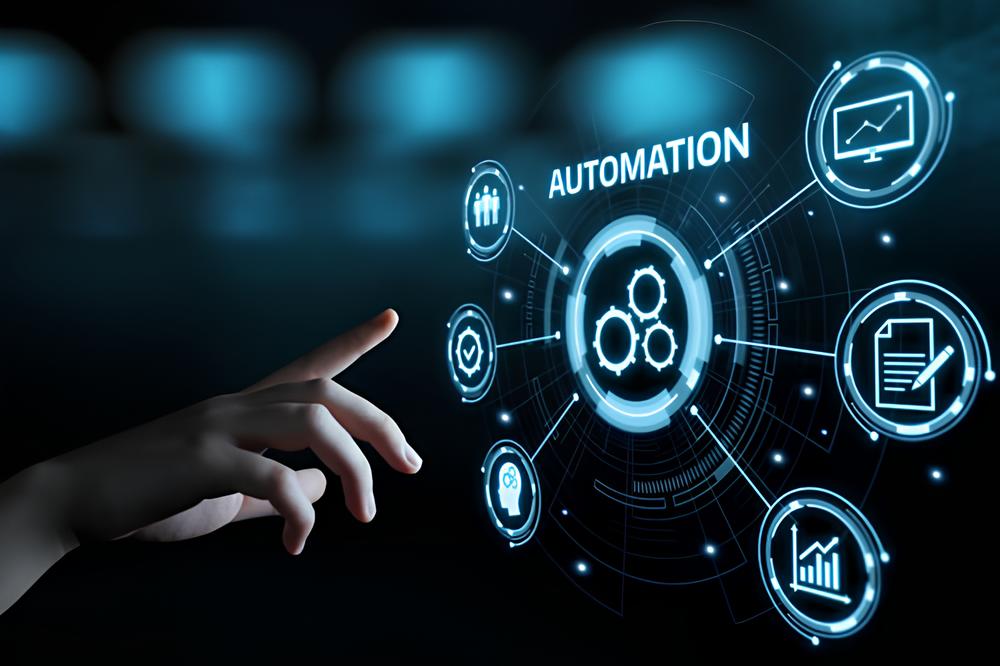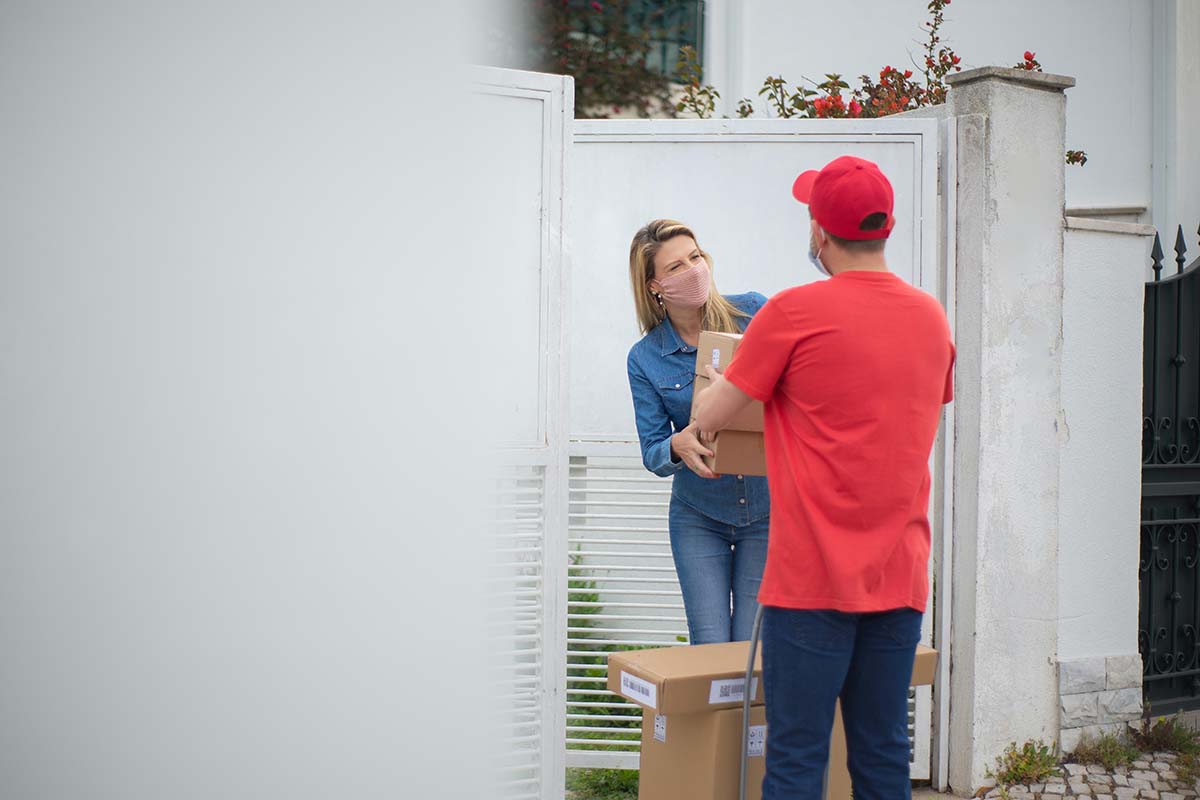Automating Repetitive Tasks for Creative Minds
In a world increasingly dominated by technology, the creative mind seeks solace in imagination and innovation. However, the creative process often contends with the struggle of repetitive tasks, which can impede inspiration flow. Enter automation, the silent ally of creative minds, offering liberation from the mundane and allowing artists, writers, designers, and other creatives to channel their energy into what truly matters, unleashing their creativity.
The Creative Struggle
Creativity is a delicate dance between inspiration and execution. Unfortunately, this dance is often disrupted by the monotony of repetitive tasks accompanying any creative endeavor. For graphic designers, it might be the tedious process of resizing images or tweaking color palettes. Writers grapple with formatting and editing, while musicians and filmmakers face the laborious task of file organization. These repetitive duties, though necessary, can stifle the creative spirit and lead to burnout.
The Role of Automation in Creative Workflows
Automation in creative workflows alleviates the burden of routine tasks, providing artists and creators the time and mental space to focus on their craft. From simple macros to sophisticated scripting, automation tools have become invaluable assets in the arsenal of creative professionals.
Imagine a graphic designer who utilizes automation to batch process the task instead of manually resizing dozens of images for various platforms. This saves time and ensures a more consistent and error-free outcome. Writers can employ text-expanding tools to streamline repetitive writing tasks, allowing them to concentrate on crafting compelling narratives. Musicians and filmmakers can spend more time composing music or editing footage by automating file organization.
The Creative Benefits of Automation
One of the primary advantages of incorporating automation into creative workflows is the liberation it provides. Creatives can break free from the shackles of routine, fostering an environment conducive to creativity and experimentation. By automating the mundane, creators can redirect their energy towards pushing the boundaries of their craft.
Moreover, automation aids in maintaining consistency and quality. For designers, this means uniformity in design elements across different platforms. Writers can ensure consistent formatting and style throughout their work. In multimedia, automation contributes to smoother post-production processes, minimizing errors and providing a polished final product.
Success Stories in Creative Automation
Numerous creative professionals have embraced automation and witnessed transformative results. Consider the case of a photographer who automated sorting and labeling images based on metadata. This reduced the time spent on file management and enabled the photographer to spend more time behind the lens, capturing moments that truly mattered.
Similarly, a content creator on social media automated the scheduling of posts, freeing up time to engage with their audience and brainstorm new and innovative content ideas. Writers have employed automation to generate topic ideas, conduct research, and even assist in the editing process.
In this context, tools such as the Mac Auto Clicker have gained popularity for their ability to streamline repetitive clicking tasks, providing creators with an efficient means to handle tedious processes and focus on the more creative aspects of their work.
Challenges and Considerations
While the benefits of automation in the creative process are evident, it is essential to acknowledge potential challenges. The fear of losing the personal touch in creative work is a valid concern. However, automation is not meant to replace the artist’s touch but to enhance and streamline their workflow.
Another challenge is the learning curve associated with adopting new tools and technologies. Creative professionals may hesitate to venture into automation due to perceived complexity. However, with user-friendly interfaces and abundant online resources, mastering automation tools has become more accessible.
Looking to the Future
The trajectory of automation in the creative realm points towards even more sophisticated and intuitive tools. Artificial intelligence is increasingly integrated into innovative software, offering predictive suggestions and automating complex tasks. This evolution saves time and opens new possibilities for collaboration and cross-disciplinary creativity.
In the future, we envision a seamless integration of automation into the creative process with tools that understand and anticipate the unique needs of individual artists. This shift will enable creatives to spend less time on routine tasks and more time on the aspects of their work that require a human touch.
Automating Repetitive Tasks for Creative Minds: Conclusion
From the sketchpad to the sound studio, creative minds are reclaiming their time and energy through the power of automation. The transition from mundane to meaningful is not about relinquishing control but about empowering creators to focus on what truly inspires them. As automation continues to evolve, so too will the creative process, unshackling artists from the mundane and propelling them into a world of boundless imagination and innovation. The future is not just automated; it’s creatively liberated.



















